All About American Sign Language (ASL)
American Sign Language (ASL) is a complete, natural language that has the same linguistic properties as spoken languages with grammar that differs from English. ASL is expressed by movements of the hands and face. It is the primary language of many North Americans who are deaf and hard of hearing, and is used by many hearing people as well.
How does ASL compare with spoken language?
ASL is a language completely separate and distinct from English. It contains all the fundamental features of language, with its own rules for pronunciation, word formation, and word order. While every language has ways of signaling different functions, such as asking a question rather than making a statement, languages differ in how this is done.
Just as with other languages, specific ways of expressing ideas in ASL vary as much as ASL users themselves. In addition to individual differences in expression, ASL has regional accents and dialects; just as certain English words are spoken differently in different parts of the country, ASL has regional variations in the rhythm of signing, pronunciation, slang, and signs used. Other sociological factors, including age and gender, can affect ASL usage and contribute to its variety, just as with spoken languages.
Fingerspelling is part of ASL and is used to spell out English words. In the fingerspelled alphabet, each letter corresponds to a distinct handshape. Fingerspelling is often used for proper names or to indicate the English word for something.
How do most children learn ASL?
Parents are often the source of a child’s early acquisition of language, but for children who are deaf, additional people may be models for language acquisition. A deaf child born to parents who are deaf and who already use ASL will begin to acquire ASL as naturally as a hearing child picks up spoken language from hearing parents. However, for a deaf child with hearing parents who have no prior experience with ASL, language may be acquired differently. In fact, 9 out of 10 children who are born deaf are born to parents who hear. Some hearing parents choose to introduce sign language to their deaf children. Hearing parents who choose to have their child learn sign language often learn it along with their child. Children who are deaf and have hearing parents often learn sign language through deaf peers and become fluent.
Why emphasize early language learning?
Parents should expose a deaf or hard-of-hearing child to language as soon as possible. The earlier a child is exposed to and begins to acquire language, the better that child’s language, cognitive, and social development will become. Research suggests that the first few years of life are the most crucial to a child’s development of language skills, and even the early months of life can be important for establishing successful communication with caregivers. Thanks to Infant Hearing Screening programs in place at almost all hospitals in Ontario, newborn babies are tested for hearing before they leave the hospital. If a baby has hearing loss, this screening gives parents an opportunity to learn about communication options. Parents can then start their child’s language learning process during this important early stage of development.
Adapted from National Institute of Deafness and Other Communication Disorders
Supporting My Child’s Learning of American Sign Language at Home
Children with typical hearing learn to count and to recite their ABC’s using songs. Children who are Deaf learn to count and the alphabet through the use of number and ABC stories using American Sign Language. This is an important part of Deaf culture.
Below shows several links to various videos to help support your child’s learning of numbers, letters and other concepts.
General
ASL Songs for Kids – Compilation Signing Songs – Educational Sign Language – Fireese
Counting to 5
ASL Poem 1 – 5: Spider by Valencia Biskiupiak 2014
ASL Numerical Stories 1 – 5 by Adrian DeHoyos
Counting to 10
Teaching Math Concepts (RMDSCO Rocky Mountain Deaf School)
Three Pigs and the Big Bad Wolf
Blockhead: The Life of Fibonacci
Alphabet
ASL ABC Song – NEW With ASL Letters and Signs
Easiest Way to Learn Your ASL ABCs – Slowest Alphabet Lesson
Colours
ASL Colours Learn with Fireese – SIgn Language Colours
Animals
ASL Animals Song Lesson for Kids – Learn How to Sign Animals with Fireese
Songs
We Sign Fun Times – Five Little Monkeys
We Sign Fun Times – The More We Get Together
We Sign Fun Times – Wheels on the Bus
Books in ASL
ERCOD Videos
Is Your Mama a Llama – ASL vocabulary
The Little Red Hen – ASL vocabulary
Knuffle Bunny – ASL Vocabulary
Speakaboo Series
Speakaboo Series: All About Farm Animals
Speakaboo Series: What is the Weather Today?
Speakaboo Series: What Will I Do Today?
Speakaboo Series: The Changing Seasons
RMDSCO – Rocky Mountain Deaf School – Jeni Jackerson among others
Spots, Feathers and Curly Tails
How Do Dinosaurs Play With Their Friends?
A Camping Spree with Mr. McGee

